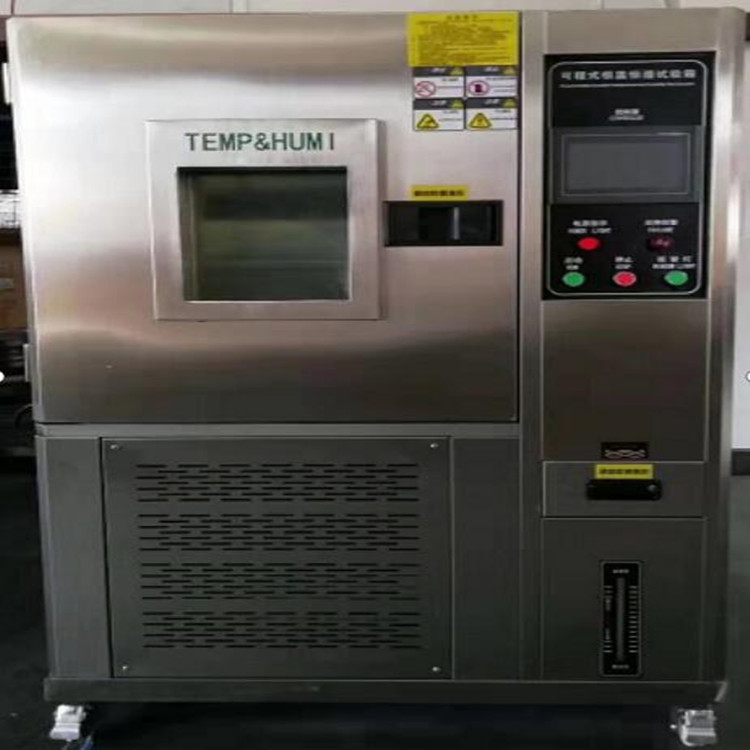
Humidity Chamber principle
2024/04/12
The constant temperature and humidity test chamber is a device used to test the performance of materials in various environments. It can simulate and test the heat resistance, cold resistance, dry resistance, and humidity resistance of various materials. It is widely used in the quality inspection of products such as electronics, appliances, mobile phones, communication, instruments, vehicles, plastic products, metals, food, chemistry, building materials, medical, aerospace, etc.

Applicable standards:
GB/T5170.5-2008, GB/T10586-2006, GB/T2423.1-2008 Test A, GB/T2423.2-2008 Test B, GB/T2423.3-2006 Test Ca, GB/T2423.4-2008 Test Db, etc
Working principle:
The constant temperature and humidity test chamber consists of two parts: temperature regulation (heating and cooling) and humidification. By installing a rotating fan at the top of the box, air is discharged into the box to achieve gas circulation and balance the temperature and humidity inside the box. The data collected by the temperature and humidity sensors inside the box is transmitted to the temperature and humidity controller (micro information processor) for editing and processing, and temperature and humidity control instructions are issued. This is achieved through the joint operation of the air heating unit, condenser tube, and heating and evaporation unit in the water tank.
The constant temperature and humidity test chamber is a device used to test the performance of materials in various environments. It can simulate and test the heat resistance, cold resistance, dry resistance, and humidity resistance of various materials. It is widely used in the quality inspection of products such as electronics, appliances, mobile phones, communication, instruments, vehicles, plastic products, metals, food, chemistry, building materials, medical, aerospace, etc.
Applicable standards:
GB/T5170.5-2008, GB/T10586-2006, GB/T2423.1-2008 Test A, GB/T2423.2-2008 Test B, GB/T2423.3-2006 Test Ca, GB/T2423.4-2008 Test Db, etc
Working principle:
The constant temperature and humidity test chamber consists of two parts: temperature regulation (heating and cooling) and humidification. By installing a rotating fan at the top of the box, air is discharged into the box to achieve gas circulation and balance the temperature and humidity inside the box. The data collected by the temperature and humidity sensors inside the box is transmitted to the temperature and humidity controller (micro information processor) for editing and processing, and temperature and humidity control instructions are issued. This is achieved through the joint operation of the air heating unit, condenser tube, and heating and evaporation unit in the water tank.
Previous: Brinell hardness tester parameters
N e x t : Plastic film tensile testing machine parameters



